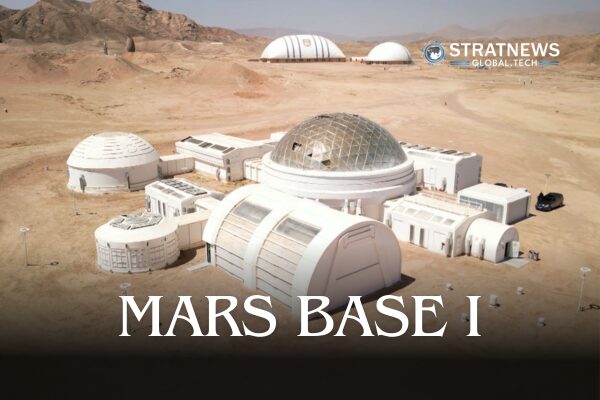China Opens Immersive Mars Simulation Base for Outer Space Tourism
China has launched its first immersive Mars-themed base in northwest Gansu Province, offering a unique space tourism experience. The facility, known as “Mars Base 1,” merges aerospace science with local desert landscapes to create a realistic Martian environment.
A Vast Martian Simulation in the Gobi Desert
Located in the Gobi Desert near Jinchang, the base spans an area of 67 square kilometres. It features a wide range of simulated experiences, including Mars probes, rovers, and 3D-printed Mars nests. Visitors can also stay in starry sky tents, adding to the sense of a space mission.
Zhang Chengxu, a tourist at the site, shared his excitement. “I saw a video showing the Martian-like scenery and wanted to see it for myself. The red sandstone, Mars rover, and 3D-printed nests really make it feel like outer space,” he said.
Hands-On Aerospace Experiences
The base also includes training simulators such as three-dimensional rolling rings and centrifuges. While these are simplified versions of real space equipment, they offer visitors a realistic sense of what astronauts go through.
An Xin, another visitor, noted, “The training equipment gives an intuitive experience that you can’t get from books or videos. It’s very engaging.”
Over 30 immersive projects are available for visitors to explore. These include simulated rocket launches, manual docking simulations, and hydroponic plant systems replicating Martian agriculture. Each activity aims to deepen public interest in space exploration.
Visitors Impressed by Realistic Space Missions
One of the most popular attractions is the live demonstration of rocket model launches. Qin Ningmin, a visitor, said, “Watching the rocket launch was the most impressive part. It truly felt like witnessing a real space mission.”
Mars Base 1 combines science, education, and adventure in a setting that mirrors the harsh, red terrain of Mars. As interest in space tourism grows, the base offers a rare opportunity to experience what life on Mars might be like—without ever leaving Earth.
with inputs from Reuters



